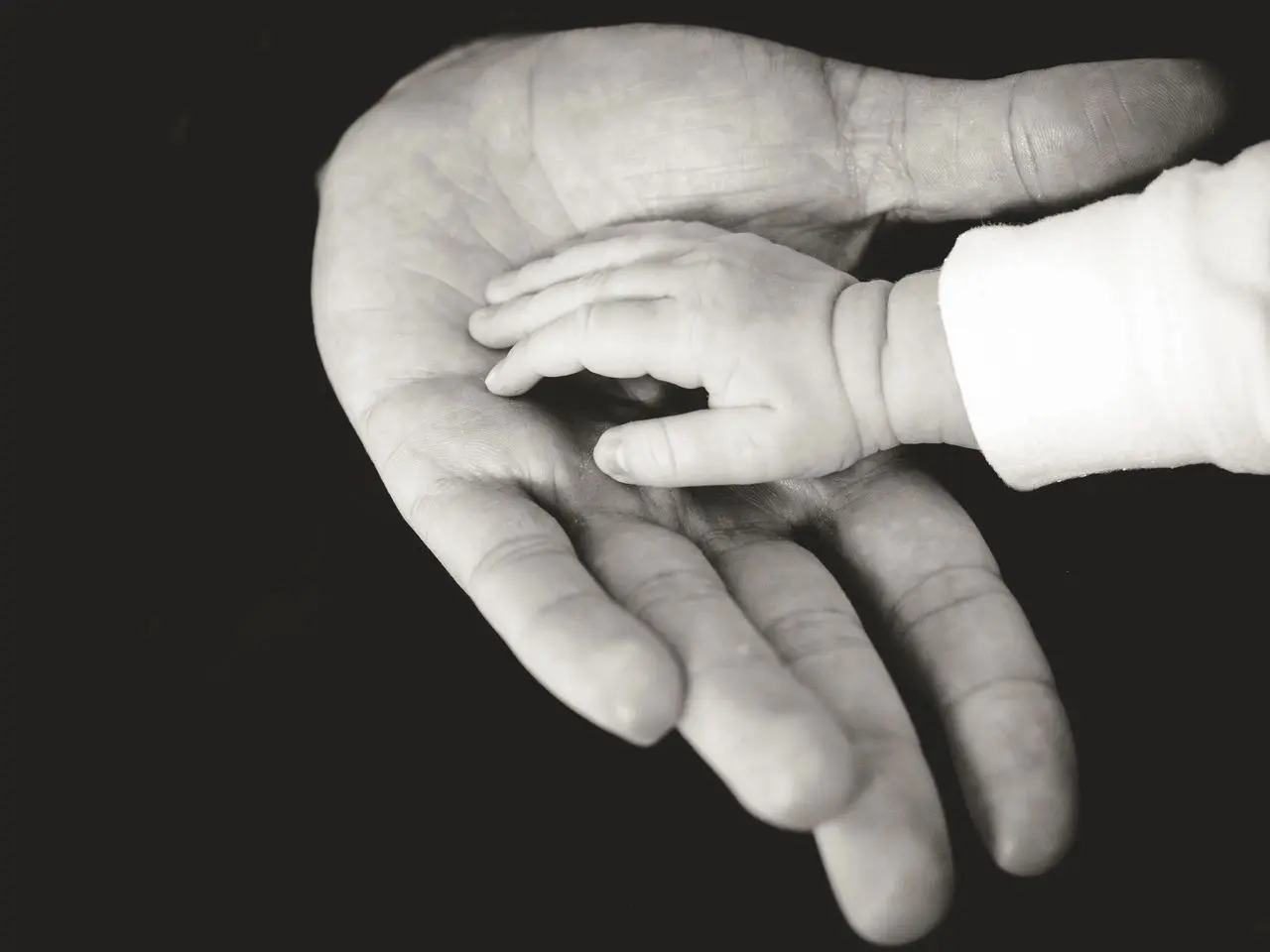
Parenting with CPTSD trauma
Parenting is one of the most rewarding yet challenging roles in life. When you’re parenting with Complex Post-Traumatic Stress Disorder (CPTSD), the challenges can feel even more profound. CPTSD often stems from early relational trauma, making the parent-child dynamic uniquely sensitive. It is incredibly normal to be deeply triggered while parenting your kids – because it will be a reminder of what you didn’t get or a terrifying that you are repeating patterns that you had hoped to stop. However, healing is possible, and an attachment-based approach can help foster healthy relationships with your children while supporting your own mental health.
What is CPTSD?
CPTSD is a condition that arises from prolonged exposure to trauma, often interpersonal, such as childhood abuse or neglect. It differs from PTSD by encompassing symptoms like emotional dysregulation, negative self-concept, and difficulties in relationships. As a parent with CPTSD, you may experience triggers, anxiety, or overwhelming emotions that affect your ability to connect with your children. Recognizing these patterns is the first step toward growth and healing.
The Intersection of Attachment and Parenting
Attachment theory suggests that our early relationships shape how we connect with others, including our children. Parents with CPTSD may struggle with attachment-related challenges, such as fear of abandonment, difficulty setting boundaries, or a heightened sensitivity to rejection. These struggles can impact how you respond to your child’s emotional needs.
The good news? By becoming aware of your attachment patterns and prioritizing healing, you can build secure attachments with your children, breaking the cycle of intergenerational trauma.
5 Strategies for Parenting with CPTSD
- Prioritize Your Mental Health
Therapy: Seek support from a trauma-informed therapist who understands CPTSD and attachment theory. Brainspotting, EMDR, somatic experiencing, and attachment-focused therapy can be especially effective.
Mindfulness: Practices like meditation and grounding techniques can help you manage emotional dysregulation and stay present with your child.
Support Groups: Connecting with other parents navigating CPTSD can reduce feelings of isolation and provide valuable insights. - Recognize and Manage Triggers
Identify Triggers: Journaling or working with a therapist can help you recognize patterns that lead to emotional dysregulation.
Develop Coping Strategies: Deep breathing, sensory grounding, or stepping away to regroup can prevent reactive parenting.
Communicate: Let your children know (in age-appropriate terms) that certain moments are about you managing your feelings, not their behavior. - Practice Self-Compassion
Reframe Negative Thoughts: CPTSD often comes with a harsh inner critic. Practice challenging these thoughts and replacing them with kinder, more realistic affirmations. Example: “I am a bad parent” to “I am not parenting the way I want to right now and I’m working on figuring out what the barrier is to showing up compassionately in this moment”. Just as severe punishment doesn’t work with kids, it doesn’t really work with parents either. Shame changes nothing.
Accept Imperfection: No parent is perfect. Acknowledge that making mistakes is part of parenting and doesn’t define your worth.
Celebrate Wins: Take time to recognize your progress and the ways you show up for your child, even when it feels difficult. - Foster Secure Attachment with Your Child
Be Present: Even small moments of attunement—making eye contact, listening without distraction, or offering physical affection—can build trust.
Repair Ruptures: When misunderstandings or conflicts arise, prioritize repair. Apologizing and discussing feelings teaches your child about healthy relationships.
Encourage Emotional Expression: Create a safe space for your child to express their feelings. Validate their experiences, even when they’re hard to hear.
Model Compassion: Show compassion for yourself and your child when you or they make a mistake. - Set Healthy Boundaries
Model Boundaries: Show your child that it’s okay to say “no” and prioritize self-care.
Balance Autonomy and Connection: Encourage independence while maintaining a supportive presence.
Protect Your Energy: Be mindful of overextending yourself in ways that exacerbate your CPTSD symptoms.
Breaking the Cycle of Trauma
Parenting with CPTSD requires courage and intentionality, but it also offers an incredible opportunity: the chance to break the cycle of trauma and create a foundation of security for your children. Healing doesn’t mean you’ll never struggle, but it does mean you’ll learn to navigate challenges with greater resilience and self-awareness.
Resources for Parents with CPTSD
Books: The Body Keeps the Score by Bessel van der Kolk, Parenting from the Inside Out by Daniel Siegel and Mary Hartzell, Good Inside by Becky Kennedy, The Whole-Brain Child by Daniel Siegel
Therapies: Brainspotting, EMDR, somatic experiencing, and attachment-based therapy
Online Communities: Support groups on platforms like Facebook or Reddit for parents managing CPTSD
Mindfulness Apps: Headspace, Calm, or Insight Timer
Final Thoughts
Parenting with CPTSD is a journey, not a destination. It’s okay to ask for help, to take breaks, and to acknowledge the weight of what you’re carrying. By prioritizing your healing and cultivating a secure attachment with your child, you’re creating a legacy of resilience, love, and connection that will impact generations to come. Contact me today so we can help process your trauma so you can be the parent you want to be.

